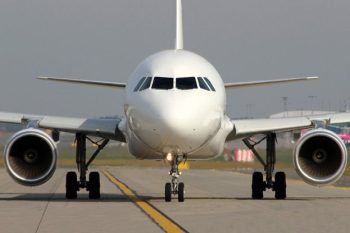Aerospace Composite Tooling
 Weight reduction is a primary goal of aircraft and aerospace manufacturers. The increased use of aerospace composite materials – carbon fiber, fiber-glass, and reinforced epoxy — have played a major role in weight reduction and increased fuel efficiency.
Weight reduction is a primary goal of aircraft and aerospace manufacturers. The increased use of aerospace composite materials – carbon fiber, fiber-glass, and reinforced epoxy — have played a major role in weight reduction and increased fuel efficiency.
Composites are also easy to handle, design, shape, and repair. Components can be formed into complex shapes that would require machining and joints for metal components.
Major advantages of composite use include:
- Weight reduction – 20% to 50%
- Ease of assembly of complex components
- Higher strength at much lower weight
- Thermal stability when exposed to rapid temperature change
- High-impact resistance
- High damage tolerance
- No risk of galvanic corrosion when two dissimilar metals are in contact
- Fatigue/corrosion problems eliminated
Aerospace composites are now used in virtually all aircraft and spacecraft.
Applications include everything from complete aircraft to wing assemblies, propellers, seats, instrument enclosures, and helicopter rotor blades.
Sandmeyer Steel Company is stocking Invar 36 in thicknesses from .250” (6.3mm) through 4.0” (101.6mm) for applications in the aerospace composite tooling and die market. Because of its extremely low-coefficient of thermal expansion, Invar 36 is used extensively in this demanding application where dimensional stability is essential.

